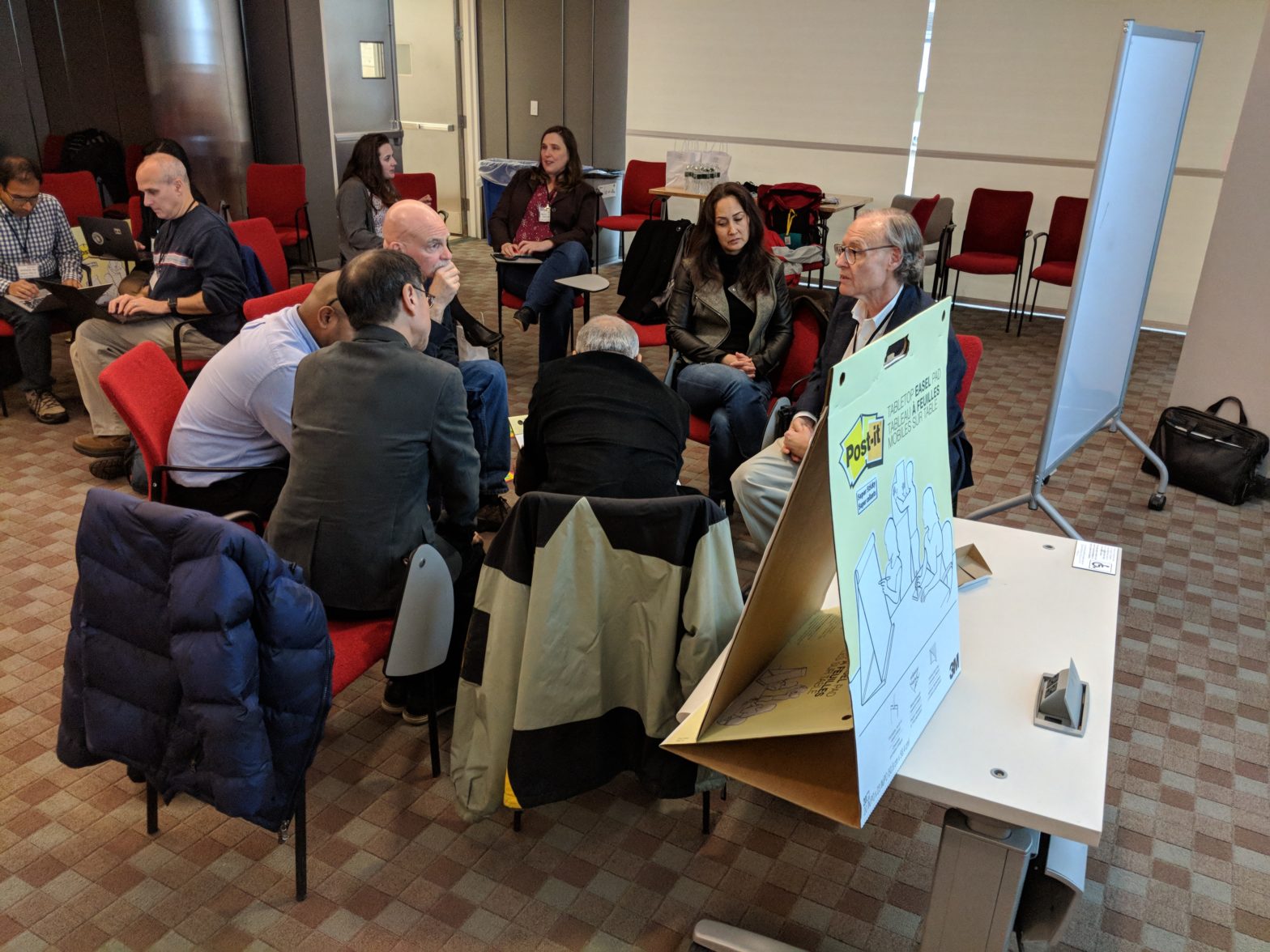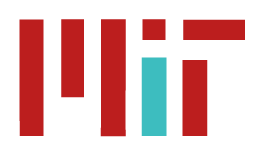
The Playful Journey Lab, together with the MIT Integrated Learning Initiative (MITili), has a project which has been ramping up over the past semester, and which will make connections with many other research groups at MIT and beyond. It is called Project Blueprint, and it is meant to explore the practice of learning engineering and refine how this method can be used to support more widespread implementation of innovative and empirically proven learning interventions.
So just what IS learning engineering? While there’s certainly no universally-accepted definition, the following description from IEEE ICICLE conveys its essence:
Learning engineering is a process and practice that …
- applies the learning sciences
- using human-centered engineering design methodologies and
- data-informed decision-making
… to support learners and their development.
A central contention of Project Blueprint is that the absence of learning engineering in practice primarily results not from mystery around WHAT works (although there is much more to be learned on this front), but rather from lack of implementation OF what works. To this end, a key initiative of Project Blueprint is the convening of researchers and practitioners to understand how best to apply learning engineering to PK-12 learning given the day-to-day realities of classrooms and other learning environments.
To kick off this project, we held a convening in November 2019 with a wide variety of MIT faculty and research staff to begin to tackle the learning engineering research to practice challenge. PJL Director YJ Kim and MITili Associate Director Jeff Dieffenbach facilitated the day, which began by exploring these questions:
- What does learning mean to you in your current work?
- What does engineering mean to you in your current work?
- To what extent have you thought about learning engineering as a practice in your current work?
- What are some important problems impeding learning/education that learning engineering is well-suited to address?
Lively discussion ensued, with participants grappling to define what learning is, identify what is unique about the engineering process, and recognize ways that these disciplines can be combined to essentially engineer learning environments in productive and impactful ways. In order to harness the excitement of the discussions and channel it into forward-facing actions, the second half of the convening asked participants to form working groups and imagine projects in which they could experiment with learning engineering as a process to improve learning in specific contexts. Since then, the working groups have been honing their “thesis statements” in preparation for the next convening. There, we will invite a group of teachers and administrators to contribute to the rich conversation of how to turn learning engineering research into school-friendly practice. We are excited that Project Blueprint is in a position to spark these promising project ideas and support a set of teams to get their learning engineering work off the ground. We look forward to sharing their thesis statements and inviting practitioners to get involved in the journey!

